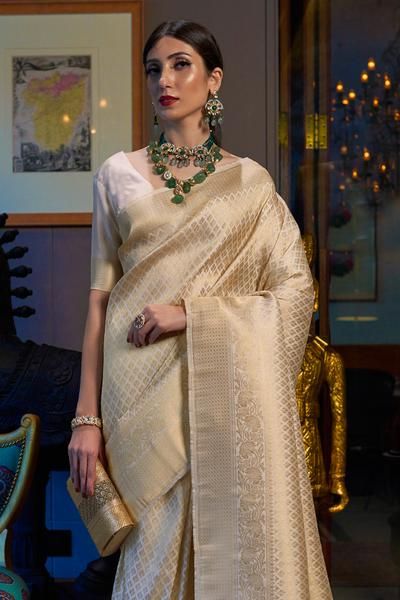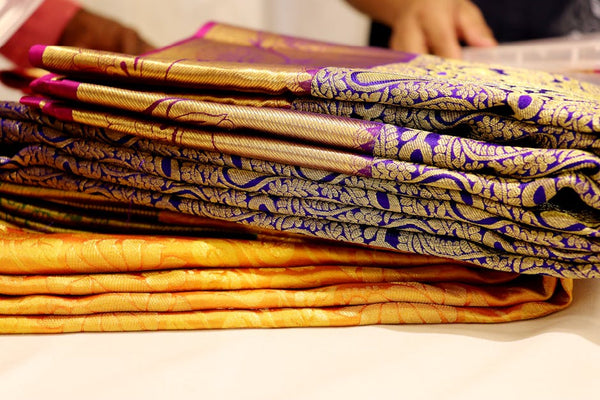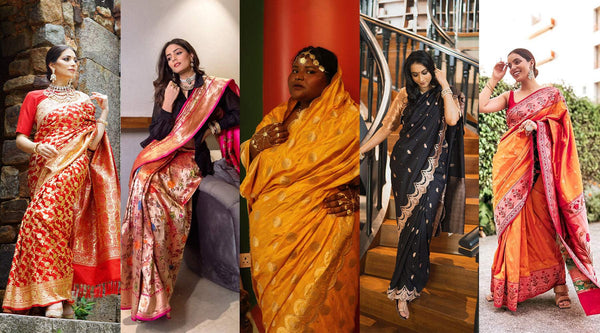
The Intricate Craft of Weaving Kanjeevaram Sarees
Kanjeevaram sarees are known for their rich colors, intricate designs, and luxurious feel. But have you ever wondered how these beautiful sarees are made? Let's delve into the intricate craft of weaving Kanjeevaram sarees.
What makes Kanjeevaram sarees unique?
Kanjeevaram sarees are made from pure mulberry silk threads, known for their durability and natural sheen. The distinctive feature of Kanjeevaram sarees is the wide contrast borders and pallu, often woven with gold or silver zari threads.
How are Kanjeevaram sarees woven?
The weaving process of Kanjeevaram sarees is a labor-intensive craft that requires skill and precision. The sarees are traditionally handwoven on looms using the interlocking weft technique, where the border, body, and pallu are separately woven and then interlocked together.
What is the role of the weavers?
Skilled weavers play a crucial role in the creation of Kanjeevaram sarees. They meticulously weave each saree, paying attention to every detail, from the intricate designs to the quality of the silk threads used. It can take weeks or even months to complete a single Kanjeevaram saree.
Why are Kanjeevaram sarees so prized?
Kanjeevaram sarees are highly prized for their exquisite craftsmanship, rich colors, and timeless appeal. They are often passed down through generations as heirlooms and are considered a symbol of tradition and elegance.
Next time you admire a Kanjeevaram saree, remember the intricate craft and skill that goes into creating these timeless pieces of art.
The art of weaving Kanjeevaram sarees is a testament to the skill and dedication of the weavers from Kanchipuram, Tamil Nadu. Known for their durability, vibrant colors, and intricate designs, Kanjeevaram sarees are a cherished part of India's textile heritage.
The process begins with selecting high-quality mulberry silk. The silk threads are dyed in vibrant hues using natural dyes. The weavers then prepare the threads for weaving by twisting them with silver wire, which adds strength and shine to the saree.
The hallmark of Kanjeevaram sarees is the 'korvai' technique used for weaving the borders. This technique involves interlocking the border with the body of the saree in contrasting colors, creating a seamless and durable finish. The pallu, or the end piece of the saree, is often woven separately and then attached, featuring elaborate designs and motifs inspired by temples, nature, and mythology.
Each Kanjeevaram saree can take anywhere from 10 days to several weeks to complete, depending on the complexity of the design. The dedication and craftsmanship involved in creating these sarees make them a prized possession for any woman.
Kanjeevaram sarees are not just a piece of clothing; they are a work of art that tells the story of a rich cultural heritage. Whether passed down through generations or bought for a special occasion, a Kanjeevaram saree is a timeless treasure.



